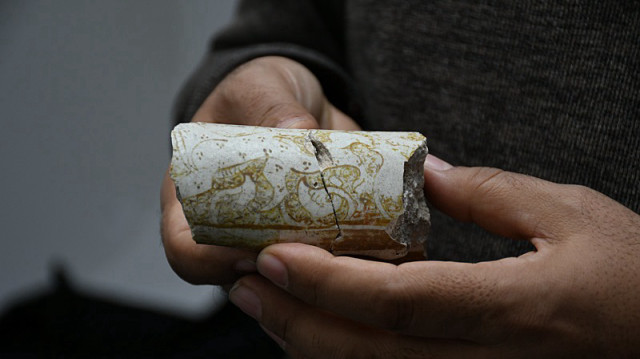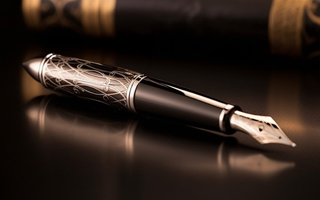
Find is significant in documenting leopard's presence in the 1200s after in the modern day it was believed extinct
An 800-year-old ceramic fragment believed to depict an Anatolian leopard was unearthed during excavations in Hasankeyf, a historic district in Türkiye's southeastern Batman province.
At the site, one of the world's oldest continuously inhabited places, excavations concluded in 2024 with a series of significant discoveries.
The dig, led by Zekai Erdal, an expert in ancient art at Mardin Artuklu University, revealed numerous artifacts, including late Roman lacrymatories or tear bottles and Islamic-era ceramics.
Erdal said the Artuqid-period vessel fragment features a scene of animal combat, possibly involving the leopard, once thought extinct in Türkiye until its rediscovery in 2019.
He expressed hopes of finding the missing parts of the artifact in future digs, calling it significant documentation of the leopard's presence in the 1200s.
Despite having the broadest distribution and dietary range of the 36 cat species, the leopard is listed as endangered on the International Union for Conservation of Nature (IUCN) red list.
In Türkiye, the Anatolian leopard was assumed to be extinct due to large-scale poaching, but a campaign was launched to protect and save them. Then, traces left behind by the leopards were followed and some were spotted in the region.
Hasankeyf, which sits on the banks of the Tigris River, was declared a conservation area in 1981.
It is also home to a Byzantine fortress as well as nearly 6,000 caves that surround the town and contain the remnants of Christian and Muslim worshipers.
*Writing by Beril Canakci
Hello, the comments you share on our site are a valuable resource for other users. Please respect other users and different opinions. Do not use rude, offensive, derogatory, or discriminatory language.
The floor is all yours.








